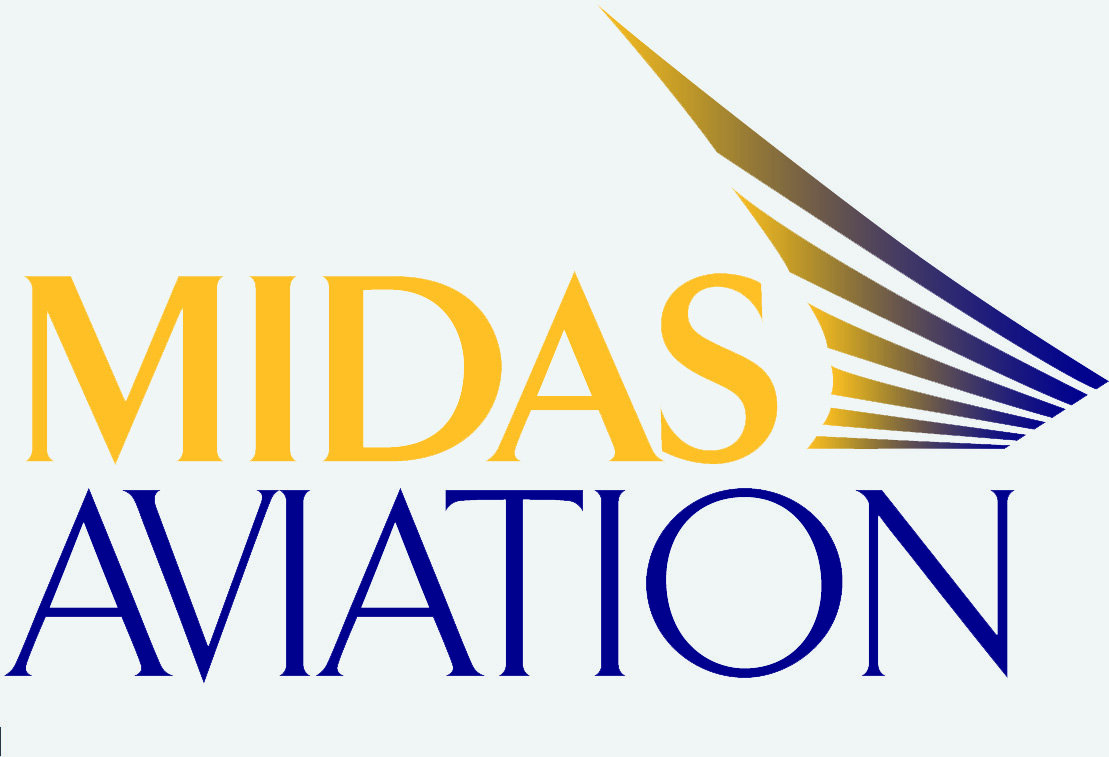CONNECTING CENTRAL ASIA
CONNECTING CENTRAL ASIA
One of our observations over the years of working on aviation in Africa is the lack of connectivity. Sometimes it’s easier to fly from one part of the Continent to another via somewhere else entirely – maybe Paris or Dubai. We’ve repeatedly produced diagrams showing how many of the largest cities have no direct air services between them. With work increasingly moving east, we are observing the same phenomenon in Centra Asia.
According to the definition used by OAG for Central Asia, the region includes five countries – Kazakhstan, Kyrgyzstan, Turkmenistan, Tajikistan and Uzbekistan. Between them they have a population of over 75 million people but, spread across an area of 4 million km2, a third more than India, there are only 9 cities with a population of more than half a million. Of these cities, there are direct air services connecting only 16 of a possible 36 routes. As would be expected, Tashkent in Uzbekistan and Almaty in Kazakhstan, as the two largest cities in the region, are the best connected, but the gaps are obvious and it was not surprising when the possibly of travelling between Bishkek and Samarkand threw up flights via Istanbul, making a what could be a short hop of 728km into a long haul journey of almost 7,000km.
Why are some parts of the world so poorly served for regional connectivity? Part of the answer lies in the nationalism associated with aviation. Each country wants its own airlines and bilateral air service agreements define who can and can’t do what.
There’s also a lingering prestige associated with flying to certain airports or using particular aircraft types which means a Dreamliner is on the airline wish-list rather than a handful of turboprops or other short haul aircraft, and big name European and Middle Eastern cities may be more likely targets for route development than regional cities.
Of course, as in Africa, it may be that there simply is not the underlying demand for travel between some cities perhaps because there are no economic and social ties which generate trade and the movement of people back and forth.
Assuming there was demand, are there airlines that could function as a regional airline for Central Asia? In the past couple of years Kazakhstan-based Air Astana has grown significantly, with at least 50% more capacity being flown in August 2022 than in August 2019, and the airline has grown its share of Central Asia capacity from 25% to 34%. Part of this can be attributed to the success of their low cost subsidiary, FlyArystan, which accounted for close to half of all the passengers flown by airlines in the group in 2021. As both airlines use the same code it’s not simple to differentiate the network of one airline from the other but flights carrying the ‘KC’ code are operating with 107% more domestic capacity in August 022 than August 2019, but 24% less international capacity. So, while the airline is growing the focus appears for the moment at least to be on the domestic market rather than the regional market, or further afield.
With a fleet of 37 aircraft, mainly A320’s, and 33 737’s on order, there is scope for network expansion.
The next largest airline in the region is Uzbekistan Airways. Capacity for this airline is currently slightly behind (-2%) where it was in 2019 with international capacity 3% ahead and domestic capacity 11% behind. Unlike Air Astana, though, the airline has no aircraft on order.
Wherever there are unserved markets we tend to look at them as an opportunity for new air services. However, a look at preliminary traffic data from OAG for the first half of this year shows that very few of the intra-regional passengers connect anywhere. Of the 3 million passengers travelling either domestically or internationally within Central Asia only 3% used an intermediary airport to connect at on their journey. Either the current networks are serving the population very well indeed, or without options for connecting, people simply cannot fly. In many instances it has taken the entry of a low cost airline in a market to show just what the potential could be, and to move travellers from slow and laborious – but inexpensive road and rail journeys – onto aircraft.
Is now the time for a low cost carrier to make its mark in Central Asia?
-Becca Rowland



